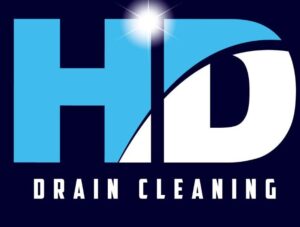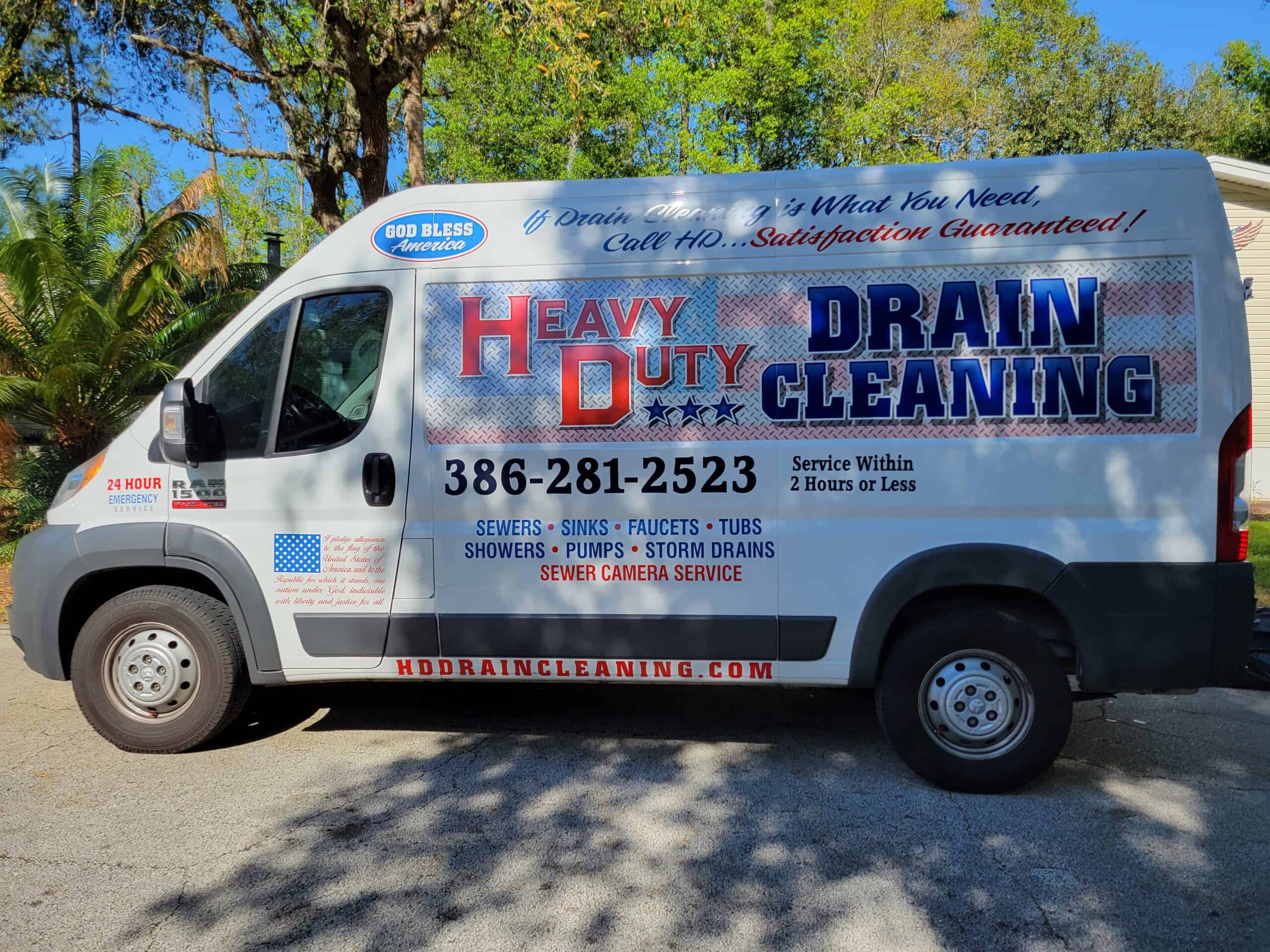The water heater pressure relief valve is a critical safety feature in your water heater system. Without it, excess pressure or temperature could lead to severe consequences, including tank explosions. This article will discuss everything homeowners need to know about this vital component, including how to inspect and maintain it and when to seek professional assistance.
What is a Water Heater Pressure Relief Valve?
How Does the Pressure Relief Valve Function?
The pressure relief valve, or the T&P valve, is a safety mechanism for your water heater. Its primary job is to release water when the pressure or temperature inside the tank exceeds safe limits. This prevents potential damage to the tank and ensures the system operates safely.
What is the Purpose of a Temperature and Pressure Relief Valve?
The temperature and pressure relief valve acts as a safeguard, preventing overheating or excessive pressure buildup. If the water temperature surpasses 210°F or the pressure exceeds 150 psi, the valve automatically opens, discharging water to lower these levels and protect your home from potential damage.
Where is the Pressure Relief Valve Located on a Water Heater?
The relief valve is typically located on the top or side of the water heater tank. It connects to a discharge tube, which directs water safely to the floor or a drain.
Why is Regular Inspection of the Relief Valve Important?
What Are the Signs of a Faulty Pressure Relief Valve?
A faulty relief valve may exhibit the following signs:
- Continuous dripping or leakage
- Corrosion or mineral buildup around the valve
- Failure to release water during a pressure buildup
- Visible damage or cracks
How Often Should You Inspect Your Water Heater Pressure Relief Valve?
It is recommended that you inspect your pressure relief valve at least once a year to ensure it is functioning properly. Regular testing can help you identify issues before they escalate into major problems.
What Can Happen if the Relief Valve is Not Maintained?
Neglecting maintenance can lead to:
- Pressure buildup inside the tank increases the risk of an explosion.
- Leaks that waste water and drive up utility bills.
- Corrosion occurs when mineral deposits and moisture accumulate around the relief valve, causing rust and weakening the metal. This can lead to valve failure, allowing pressure to build unchecked and increasing the risk of leaks or tank damage. Regular maintenance prevents rust and ensures the valve functions correctly.
How to Test the Water Heater Pressure Relief Valve?
What Steps Should You Follow to Test the T&P Valve?
Follow these steps to test the temperature and pressure relief valve safely:
- Place a bucket under the discharge tube to catch water.
- Lift the valve’s lever slightly and allow it to release water.
- Let the lever snap back and observe if the valve reseals without dripping.
What Should You Look for When Testing the Relief Valve?
When testing, ensure:
- Water flows freely when the valve opens.
- The valve reseals without any leaks.
- There are no signs of corrosion or mineral deposits.
What to Do if the Valve Does Not Release Water?
If the valve fails to release water:
- Turn off the water heater immediately.
- Check for blockages or corrosion.
- Contact a professional plumber to assess the issue.
What to Do if Your Relief Valve is Faulty?
How to Safely Replace the Valve on a Water Heater?
Replacing a relief valve involves these steps:
- Turn off the water heater and shut off the water supply.
- Drain the tank to below the valve level.
- Use a wrench to remove the faulty valve and replace it with a new one.
- Refill the tank and check for leaks.
Always follow manufacturer guidelines and use proper tools for safety.
What Are the Risks of Using a Water Heater with a Faulty Valve?
Operating a water heater with a faulty valve can:
- Lead to dangerous pressure buildup.
- Cause scalding water leaks.
- Compromise the integrity of the tank, resulting in costly repairs or replacements.
When Should You Call an Expert Plumber for Assistance?
If you notice persistent issues, such as leaks, corrosion, or failure to discharge water, it’s best to contact a professional plumber. At HD Drain Cleaning, our skilled technicians are equipped to handle all your water heater needs safely and efficiently.
How to Maintain Your Water Heater for Optimal Performance?
What Maintenance Tasks Should Be Performed on a Water Heater?
Regular maintenance includes:
- Inspecting the pressure relief valve.
- Flushing the tank to remove sediment buildup.
- Check the thermostat for proper temperature settings (ideally around 120°F).
How to Clean and Plumb the Water Heater Tank?
To clean the tank:
- Please turn off the water heater and let it cool.
- Attach a garden hose to the drain valve and direct it to a safe disposal area.
- Open the drain valve and let the water and sediment flow out.
- Flush the tank with fresh water before closing the valve and refilling the tank.
What Role Does Water Pressure Play in Water Heater Maintenance?
Excessive water pressure can strain your system. Using a pressure regulator ensures the pressure remains within safe limits, typically between 40-80 psi.
What Are the Consequences of Excess Pressure in the Tank?
What Causes Excessive Pressure Inside the Tank?
Excessive pressure can result from:
- A malfunctioning thermostat causes overheating.
- Blockages in the discharge tube.
- High water supply pressure entering the tank.
How Can Excessive Pressure Affect the Water Heater?
Excessive pressure can:
- Cause leaks or bursts in the tank.
- Damage internal components, reducing the lifespan of your water heater.
- Increase energy consumption and utility bills.
What Safety Measures Can You Take to Prevent Pressure Buildup?
To prevent pressure buildup:
- Inspect the pressure relief valve regularly.
- Install a pressure regulator if your home’s water pressure exceeds 80 psi.
- Flush the tank annually to remove sediment.
Contact HD Drain Cleaning for Professional Water Heater Services
We understand the importance of a properly functioning water heater pressure relief valve at HD Drain Cleaning. Our team offers expert inspection, maintenance, and replacement services to ensure your water heater operates safely and efficiently.
📍 Address: 39 Big Bear Path, Ormond Beach, FL 32174
📞 Phone: +1 (386) 281-2523
Schedule your appointment today, and let us help you maintain a safe and efficient water heater system!

